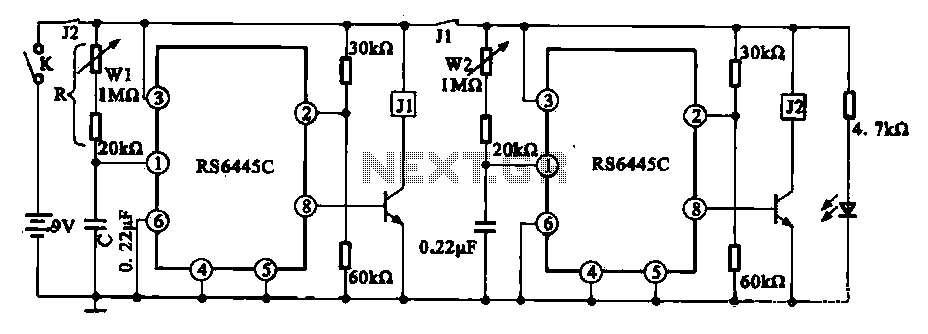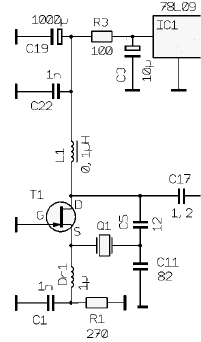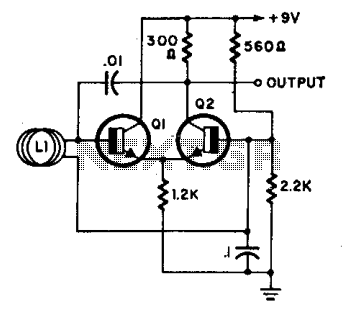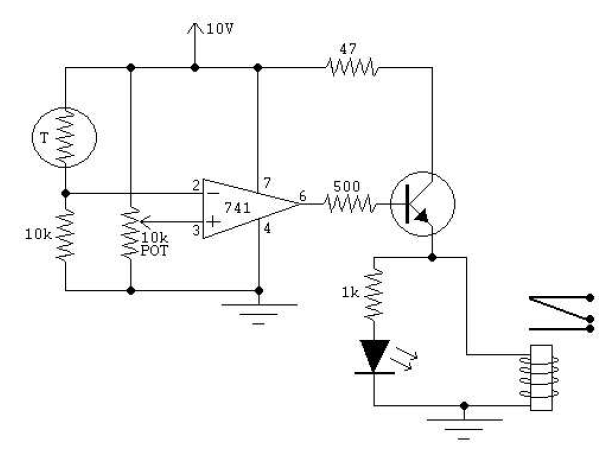
Analysis of a Digitally Controlled Wien-Bridge Oscillator
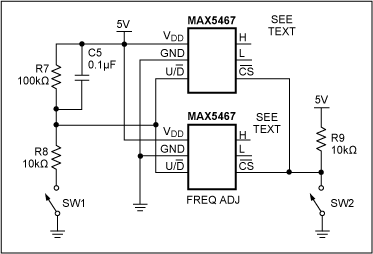
This application note analyzes the details of a Wien-bridge oscillator, shows how a JFET maintains oscillation, and demonstrates adding a digital potentiometer (digipot), rather than a variable resistor, to improve stability and flexibility.
The Wien-bridge oscillator is a type of electronic oscillator that generates sine waves. It utilizes a bridge circuit that consists of resistors and capacitors to establish the necessary phase shift for oscillation. The fundamental operational principle of the Wien-bridge oscillator is based on the balance of impedances in the bridge circuit, which allows for the generation of a stable frequency output.
A key component of the Wien-bridge oscillator is the use of a JFET (Junction Field-Effect Transistor), which acts as a gain element. The JFET is essential for maintaining oscillation by providing the necessary gain to overcome losses in the circuit. Its high input impedance and low noise characteristics make it an ideal choice for this application. The gain of the JFET can be controlled dynamically, allowing for automatic adjustment of the oscillation amplitude.
Incorporating a digital potentiometer (digipot) instead of a traditional variable resistor offers several advantages. The digipot allows for precise control over resistance values through digital signals, which enhances the stability of the oscillator. This digital control enables fine-tuning of the oscillation frequency and amplitude without the mechanical wear and variability associated with analog potentiometers. Additionally, the integration of a microcontroller can facilitate automated adjustments based on real-time feedback, further improving the performance and reliability of the oscillator circuit.
Overall, the combination of a Wien-bridge oscillator with a JFET and a digital potentiometer represents a modern approach to generating stable sine wave signals suitable for various applications, including signal processing, waveform generation, and audio applications. The flexibility and precision offered by this configuration make it a valuable tool in the field of electronics.This application note analyzes the details of a Wien-bridge oscillator, shows how a JFET maintains oscillation, and demonstrates adding a digital potentiometer (digipot), rather than a variable resistor, to improve stability and flexibility.. 🔗 External reference
The Wien-bridge oscillator is a type of electronic oscillator that generates sine waves. It utilizes a bridge circuit that consists of resistors and capacitors to establish the necessary phase shift for oscillation. The fundamental operational principle of the Wien-bridge oscillator is based on the balance of impedances in the bridge circuit, which allows for the generation of a stable frequency output.
A key component of the Wien-bridge oscillator is the use of a JFET (Junction Field-Effect Transistor), which acts as a gain element. The JFET is essential for maintaining oscillation by providing the necessary gain to overcome losses in the circuit. Its high input impedance and low noise characteristics make it an ideal choice for this application. The gain of the JFET can be controlled dynamically, allowing for automatic adjustment of the oscillation amplitude.
Incorporating a digital potentiometer (digipot) instead of a traditional variable resistor offers several advantages. The digipot allows for precise control over resistance values through digital signals, which enhances the stability of the oscillator. This digital control enables fine-tuning of the oscillation frequency and amplitude without the mechanical wear and variability associated with analog potentiometers. Additionally, the integration of a microcontroller can facilitate automated adjustments based on real-time feedback, further improving the performance and reliability of the oscillator circuit.
Overall, the combination of a Wien-bridge oscillator with a JFET and a digital potentiometer represents a modern approach to generating stable sine wave signals suitable for various applications, including signal processing, waveform generation, and audio applications. The flexibility and precision offered by this configuration make it a valuable tool in the field of electronics.This application note analyzes the details of a Wien-bridge oscillator, shows how a JFET maintains oscillation, and demonstrates adding a digital potentiometer (digipot), rather than a variable resistor, to improve stability and flexibility.. 🔗 External reference


